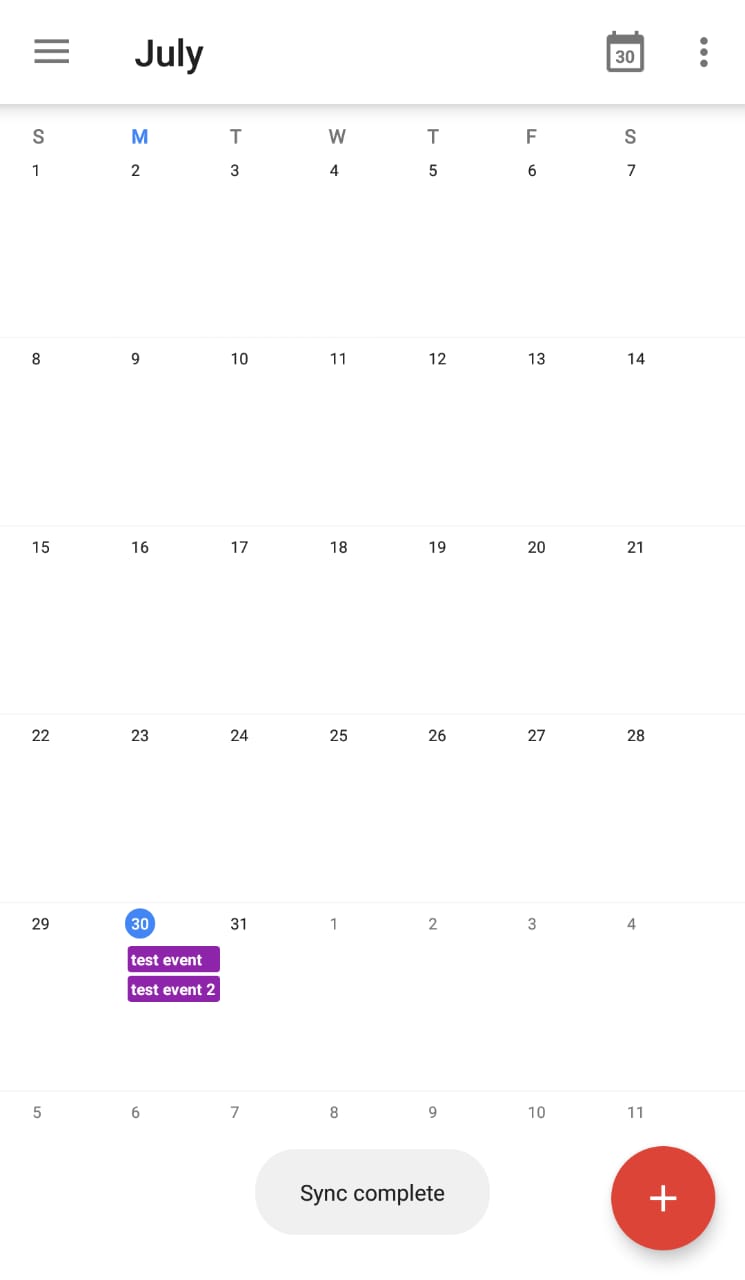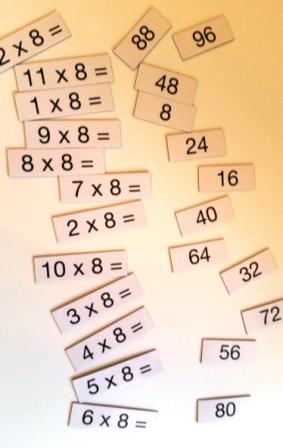

Biblical history is placed on the middle section of the wall with the sequence of six major events from the Exodus account.Egypt had three powerful kingdom periods that were each followed by dark ages of chaos, weakness and instability. Egyptian history is depicted on the lower level of the wall.Since there are disputes about what dates to assign to all of these histories, the base of the wall contains a fixed line of absolute dates that never move, with large pylons at the 1000-year marks. This timeline clarifies how events in the Bible relate to the history of Egypt and Canaan. applies the modifications made to the measures without closing the dialog.The Wall of Time is a popular graphic that helps the understanding of historical arguments as seen in the film Patterns of Evidence: The Exodus. The " Bar Line" options allow you to display a dotted bar or a half bar line. The " Left margin" field is used to set the empty space between the opening bar and the first beat of the measure. When one of these four attributes is applied to a measure, TablEdit displays the time signature on the ruler in a particular color. On the display, anacruses and ad lib measures are counted as normal measures for easy editing unless you press the key. In the example below, only one bar 5/8 will be printed because TablEdit adds the numerators of bar 2/8 and bar 3/8: The combination of a first bar ad lib followed by one or more bars not to be printed allows complex rhythmic constructions. The " Ad Lib" function inhibits the display of the closing bar of the measure concerned and TablEdit does not count it towards the display of measure numbers. The Pick-up measure flag also impacts the MIDI output. If you have the option set to print a specific number of measures per line (see " Non-Proportional Measures" option) the pick-up measure will not be counted. Any automatic rests contained in the measure will be hidden. If the " Pick-up measure" (also known as anacrusis) feature is selected, TablEdit will not include the measure in the bar numbers on printouts. The " Don't Print" option instructs TablEdit not to print the measure type. You can then insert beam breaks where necessary. " 1/1" will beam all notes with a single beam. The " 1/2" option splits it into two equal blocks and beams notes in groups of four rather than the default of two. The " 1/1" setting treats the entire measure as a single block. Use this when you want to change the style of note beaming.
WALLS OF TIME TABLEDIT FREE
The " Free Bar" option tells TablEdit to ignore the beat values for the display of note beams within the selected measures. You can also use the " Properties" tab of the dialog box to define certain attributes of the selected measures:

You can open the "Time Signature" dialog box by clicking on any time signature displayed in the score or on the time signature displayed on the ruler for each bar. The only restriction is that you can't enter a measure of a duration superior to 15/4. Notes: Despite the fact that simple 3/4 and 4/4 rhythms are the most common, TablEdit can manage all rhythmic types (both simple and compound measures). TablEdit is also able to reorganize simple measures (4/4) into compound measures (12/8) and vice versa. 3/4 ->3/8) of the preceding measure, TablEdit will redistribute the notes within the framework of the new measure. There is one exception: if the " Reorganize" box has been checked and the new measure is exactly double (i.g. Only the content of the selected measures will be modified either by amputation or by the addition of blank space at the end of each measure.

On the other hand, if only certain measures are selected the tablature will retain the same total number of measures. 4/4->3/4) or increased if the opposite is true. Thus, the total number of measures will be reduced if you select a smaller time signature (e.g. If all the measures are selected, the contents of the tablature will be completely restructured to conform to the new signature. The " Time Signature" tab of the " Measure(s)" dialog box allows you to first to set the time signature of every, individual measure of a score.The selected time signature and related options are applied to the measures entered in the fields marked " From measure" and " To measure".


 0 kommentar(er)
0 kommentar(er)
